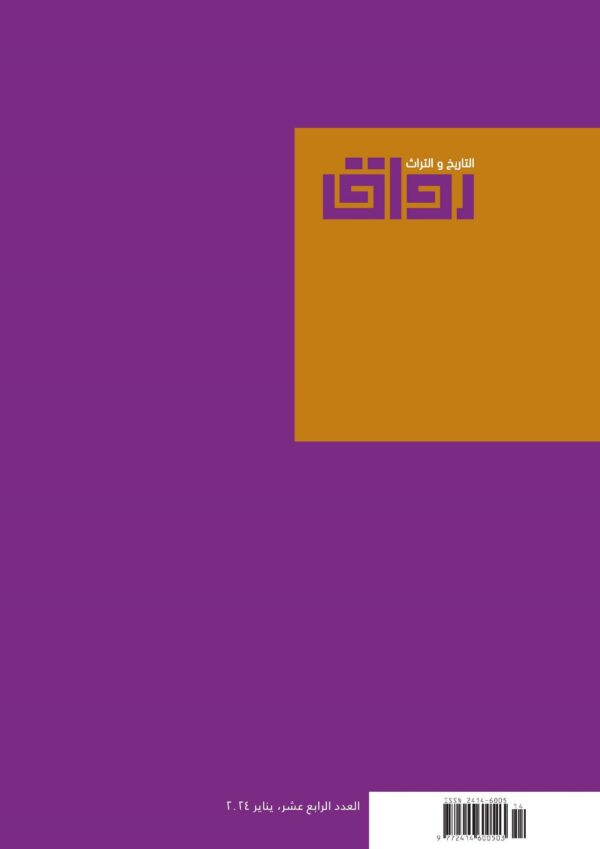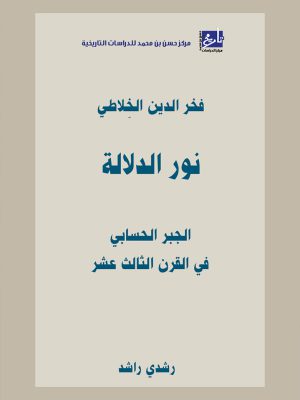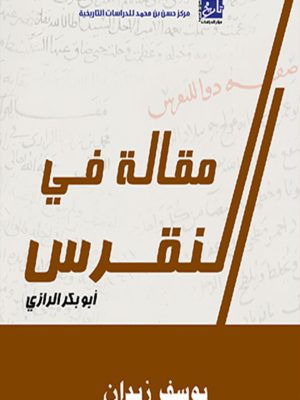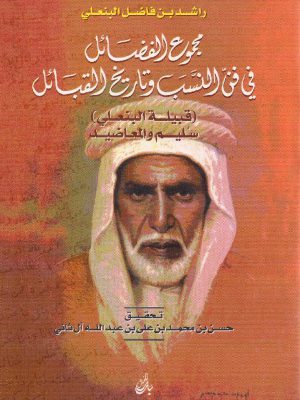Description
This issue includes a number of academic scientific research, emphasizing its vision of presenting ideas and studies that are characterized by novelty. In the first and second research entitled “The Utbiya Migration and the Origin and Development of the City of Zubarah,” “Qatar’s Location Strategy and Salafist Influence on the Arabian Gulf Coast,” Dr. Hassan continues Bin Mohammed bin Ali Al Thani discussed aspects of the modern history of Qatar, stressing that the territory of Bahrain has witnessed, since the middle of the seventeenth century AD, groups of Najdi tribes from the interior to the Gulf coast. In order to work in pearl diving and trade, they were known in historical sources as the Utub, and these groups established sheikhdoms on the coast, which became states in Kuwait, Bahrain, and Qatar.
He points out that after the fall of the Bani Khalid state, the region witnessed the expansion of Salafist influence in the areas that were affiliated with the Bani Khalid state. Including the Gulf coast, and this prompted the regional powers to work to undermine this power, and this resulted in a state of unrest witnessed in the Arabian Gulf region, the coast of Oman, and the Bahrain region.
Dr. Abdul Latif bin Nasser Al-Humaidan, in his research entitled “Sayyid Abdul Jalil Tabatabai and his descendants and their relationship with the figures of their time,” explains the role of this family in the events that the region witnessed under the influence of the Utaibi, the Saudis, the Al Khalifa sheikhs of Bahrain, and the Al Sabah sheikhs of Kuwait, and their relationship with the Ottoman conqueror of Basra. , and concludes with their role in the events of Basra, Al-Zubair, and Kuwait.
Dr. Ahmed Abdel Razzaq Abdel Aziz Muhammad confirms in the research entitled “The Mamluk Fighter between Rise and Collapse (1250-1517)” that he was raised under harsh conditions, so that we could live with them their lives from a young age, then they would rise to power, and that would include their upbringing, their victories, and their defeats. Their ambitions, conflicts, and methods of governance.
Dr. Lutfullah Qari confirms in his research, “Deciphering the Craft (Ancient Chemistry): Traditional Writings on the Terminology of This Science,” that the craft (ancient chemistry) was one of the disciplines that combined practical treatments and its own theories, and was divided into two types: a type whose practitioners aimed To convert cheap metals into gold. Another type benefited from the experiences of the first team in chemical processes in useful industries, such as the manufacture of metal and ceramic coating materials, perfumes, and the preparation of compound medicines. Practitioners of the first type used vague, conventional words to confuse their readers, so that only the practitioners could understand them, according to their claim. Chemists of both types wrote works together explaining the mysterious terms with an esoteric meaning of the first type, or the terms of process tools of the applied type and their processes and experimental materials. The research provides a brief description of ten traditional works, some of which have been studied in research published in the West, in German, French and English, and four of which are… Introducing it for the first time.






Reviews
There are no reviews yet.